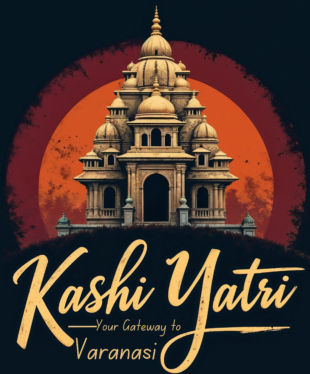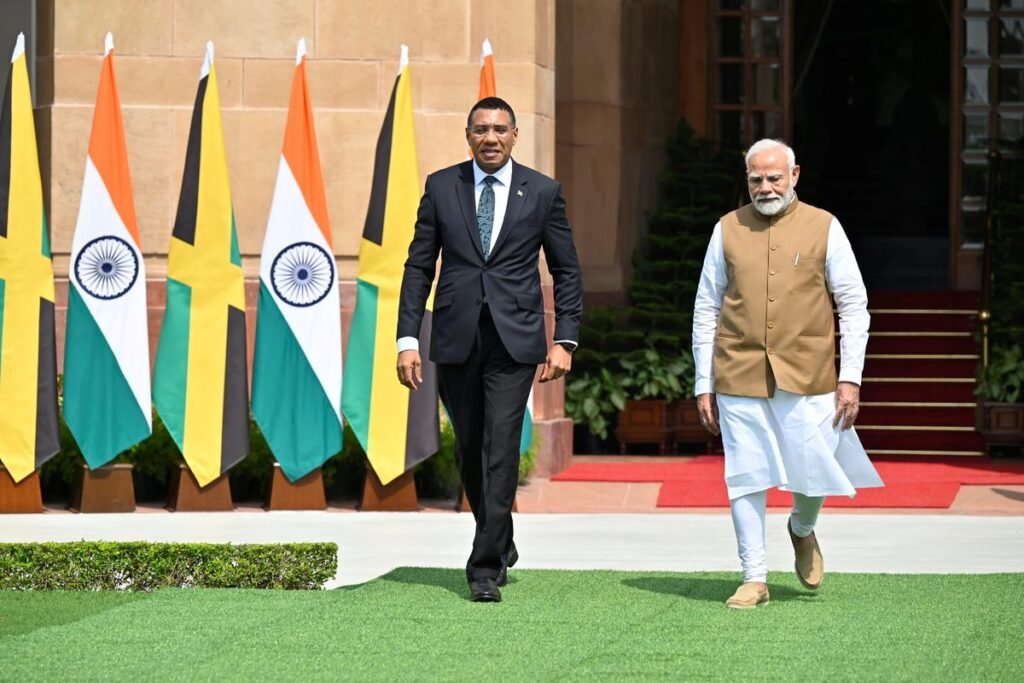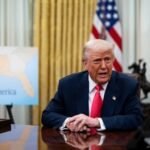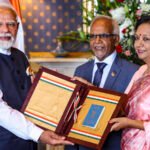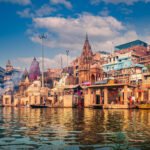Introduction: The Media Fiasco Surrounding the Visit
In recent days, numerous media agencies reported a supposed security breakdown involving the Jamaican Prime Minister Andrew Holness’s motorcade on his official visit to India. According to these claims, his motorcade was purportedly stopped at the entrance to the newly completed Parliament complex in New Delhi, causing to great chaos. However, official sources have clearly disputed these assertions, stating that the media stories were factually erroneous. In this essay, we will go deep into the intricacies of the incident, unearth the actual facts, explore the significance of PM Holness’s travel to India, and emphasize the ongoing diplomatic ties between the two nations.
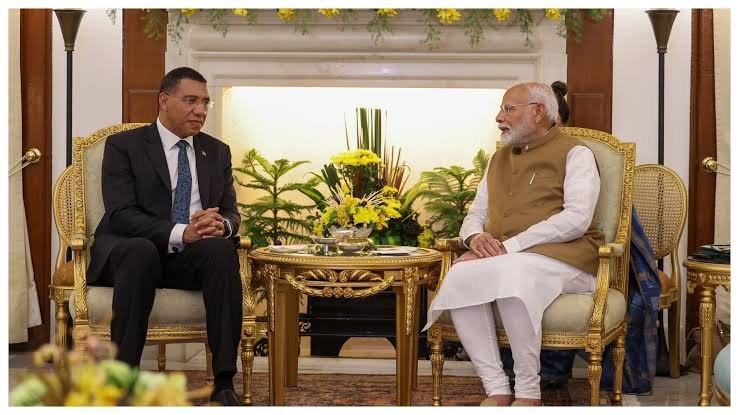
1. Clarification from Official Sources
The confusion began when numerous media outlets disseminated tales indicating that Prime Minister Holness’s convoy was detained at the gates of the new Parliament building owing to a security blunder. This, however, was promptly dismissed by trustworthy government sources. According to these sources, no such occurrence occurred, and the media assertions were inaccurate. The convoy’s progress was seamless and without any interruptions. Government authorities have voiced worry over the sensationalization of the event, emphasizing the significance of fact-checking before releasing such crucial news.
Fact-Checking the Incident
The original reports stated that Holness’s convoy was delayed at the Parliament building due to a misunderstanding amongst the security officers. However, upon deeper inquiry, it was revealed that no such delay or confusion took place. Government officials have underlined that correct protocols were followed at all times, guaranteeing a seamless experience for the visiting Jamaican leader.
2. Importance of PM Holness’s India Visit
Prime Minister Andrew Holness’s visit to India holds considerable significance in improving bilateral ties between Jamaica and India. This visit marks a key milestone in diplomatic ties, focused on developing collaboration in areas such as trade, culture, technology, and sustainable development.
A Historic Four-Day Tour
Holness came in India on a four-day journey, commencing in Delhi before flying to Varanasi, one of India’s most sacred cities. His itinerary includes high-level meetings with Indian government officials, cultural activities like visiting the iconic Ganga Aarti in Varanasi, and discussions on enhancing collaboration in numerous fields. His trip was considered as a step toward stronger collaboration between the two nations.
3. The New Parliament Building: A Symbol of Modern India
The new Parliament building in New Delhi is not merely an architectural marvel but also a symbol of India’s ambition for a progressive future. The skyscraper is a part of India’s Central Vista redevelopment project and embodies the country’s aspirations to be a global leader in democracy, infrastructure, and government.

A Secure and Efficient Facility
Given the importance of the Parliament as the center of Indian democracy, security precautions around the building are exceedingly stringent. It is developed with state-of-the-art security technologies, which makes any accusation of a lapse exceedingly unlikely. Officials have emphasized that foreign dignitaries are handled with the utmost respect, and all security measures are adhered to with accuracy. The story that the Jamaican Prime Minister’s convoy was blocked at its gates merely demonstrates the degree of disinformation that may circulate when facts are not adequately vetted.
4. Media Misinformation and Its Impact
Misinformation, especially surrounding important diplomatic trips, can have catastrophic implications. The dissemination of false rumors regarding Prime Minister Holness’s convoy being stopped may have affected the relationship between India and Jamaica if left unchecked. Such reports not only mislead the public but also cause unnecessary conflict between governments.
The Role of Responsible Journalism
In today’s world of immediate news, media outlets are typically in a race to be the first to break a story. However, this hurry might lead to the dissemination of dubious material, as was obvious in this case. Responsible journalism entails not only reporting swiftly but also assuring the accuracy of the material being delivered. Both Indian and Jamaican authorities have expressed their discontent with the media’s treatment of the matter and highlighted the necessity for honest reporting, especially when it affects foreign relations.
5. Diplomatic Relations Between Jamaica and India
India and Jamaica have maintained strong diplomatic connections since 1962, the year Jamaica earned independence from British colonial authority. Both nations are part of the Commonwealth, and over the years, they have cooperated together on different fronts, including trade, culture, and sports.
Bilateral Cooperation and Future Prospects
One of the major goals of Prime Minister Holness’s visit was to explore new opportunities for cooperation between Jamaica and India. Discussions were held on sectors such as tourism, education, and renewable energy, with both parties demonstrating significant interest in developing these ties. The visit also focused on expanding cultural exchanges, with Jamaica eager to learn from India’s centuries-old traditions, particularly in yoga, Ayurveda, and spirituality.
Trade and Economic Relations
Trade between the two countries is booming, with India selling pharmaceuticals, textiles, and machinery to Jamaica, while Jamaica largely sells aluminum to India. There is great potential to grow this commercial collaboration further, and Holness’s visit is likely to pave the way for future accords.
6. PM Holness’s Cultural Experience in Varanasi
After completing his obligations in Delhi, Prime Minister Holness headed to Varanasi, one of India’s most spiritual cities. His participation in the Ganga Aarti, a captivating Hindu ritual performed at the banks of the Ganges River, was one of the most anticipated aspects of his visit. The event, attended by thousands of believers and visitors, highlights the city’s deep religious significance and cultural heritage.

Significance of the Ganga Aarti
The Ganga Aarti is conducted every evening as a tribute to the sacred Ganges River, which is considered the lifeline of Indian civilization. For Holness, seeing this event was an opportunity to experience the spiritual essence of India. His attendance at the ceremony also underscored the cultural interaction between India and Jamaica, with both countries sharing a strong regard for religious and spiritual traditions.
7. Strengthening Cultural Ties Between Jamaica and India
Jamaica and India share numerous commonalities, particularly when it comes to their cultural history. Music, dance, and spirituality are important to both cultures’ identities. During his visit, Prime Minister Holness emphasized his enthusiasm for Indian culture and history, emphasizing the need of increasing cultural exchanges between the two nations.
Jamaica’s Connection to Indian Culture
India has a considerable diaspora in Jamaica, and the Indian population there has contributed tremendously to the country’s cultural fabric. Festivals like Diwali are celebrated with fervor in Jamaica, and Indian cuisine has become a staple in Jamaican households. Holness’s visit to India is expected to develop these cultural relations further, generating greater understanding between the two peoples.
8. Jamaica and India: A Growing Partnership in Sports
Sports are another area where Jamaica and India may deepen their friendship. Jamaica is world-renowned for its domination in track and field, notably in sprinting, with competitors like Usain Bolt and Shelly-Ann Fraser-Pryce. India, on the other hand, has a long tradition in cricket, with both countries having a passion for this sport.
Cricket Diplomacy
Cricket is a sport that links the people of both nations, and during Holness’s visit, there were discussions of organizing cricket events between the two countries. India’s experience in sports infrastructure development might also be shared with Jamaica, thereby enhancing ties between the two nations through sports diplomacy.
9. Holness’s Vision for Jamaica-India Relations
In his interactions with Indian officials, Prime Minister Holness articulated his vision for a stronger Jamaica-India collaboration. He underlined the significance of collaboration in crucial areas such as education, healthcare, and technology. Both nations have dynamic youth populations, and Holness pointed out that empowering young people via education and skill development should be a primary emphasis.

Collaboration in Education and Technology
India’s breakthroughs in technology and digital transformation can offer considerable prospects for Jamaica. Prime Minister Holness indicated interest in building collaborations with Indian tech companies and educational institutions to deliver cutting-edge technologies and training programs to Jamaica. In return, Jamaica may give knowledge in categories like sports training and tourism development, where the country has achieved considerable achievements.
Conclusion: A Successful Visit Despite Media Controversy
Despite the initial media allegations around the claimed security breakdown at the Parliament building, Prime Minister Andrew Holness’s visit to India was a great success. His contacts with Indian officials were beneficial, and the cultural interchange in Varanasi was a highlight of his tour. As the visit comes to an end, both India and Jamaica are looking forward to a bright future of mutual cooperation in different domains, including trade, technology, culture, and education.
The confirmation supplied by official authorities has put to rest any concerns about the security of the Jamaican leader during his visit. What remains now is the enhanced relationship between the two countries, a tribute to the effective diplomacy and shared goal for a thriving future.
